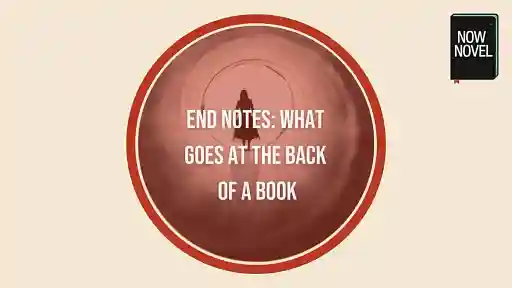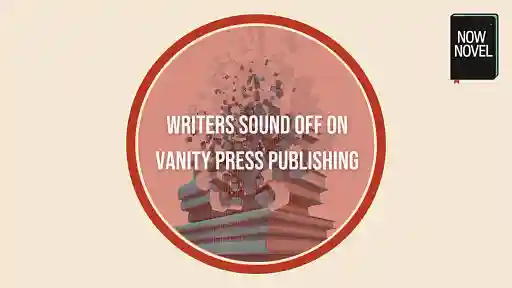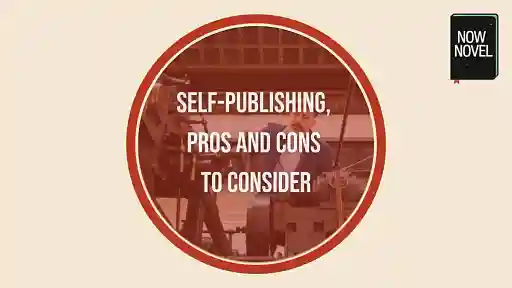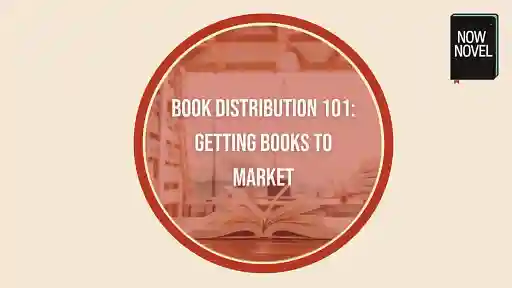Knowing how to write a book proposal or pitch is crucial for hooking publishers' interest. The tips below will help you craft a better proposal:
1. Learn the elements a book proposal should include
Your novel's elevator pitch is like a logline. It should give publishers' editors a fast, clear idea of what your story is broadly about.
A full book proposal is more expansive. Typically, a proposal will include:
- An introduction. This contains an overview of your project, including the concept, how your story fits in the publishing landscape, and your author bio. As Michael Larsen says in his guide 'Writing an Irresistible Book Proposal', 'the fate of most books hinges on' this section of your proposal.
- A chapter outline. This gives interested publishers an easy way to gauge quickly how the events of your story play out, and what the key conflicts and resolutions are.
-
One sample chapter. In some cases publishers may want to see more upfront (up to the first three chapters). It's a good idea to have a professional editor review this part of your manuscript, if not the whole book, before you start querying.
Subscribe to our newsletter
One million authors use our writing resources to get their books published. Come join them.
2. Craft a compelling pitch introduction
Because your proposal's introduction is what publishers' readers will read first, it needs to be clear and purposeful. It should include:
1) An overview that hooks interest
In the overview, convey key information about your manuscript. Publishing veteran Jane Friedman suggests writing it last, as, in her words 'It needs to sing and present a water-tight business case.'
Your overview should include:
- The working title of your book
- The word count of your manuscript
- A brief precis of what the book is about, written in terms that emphasize its marketability
The last point is important. Because publishers are in the business of selling books, they want to know there is a business case for yours. A strategy Larsen suggests is using 'Hollywood' shorthand to compare your project to a similar, successful one (or multiple books). Sell your story and concept .
Consulting editor Alan Rinzler has this to say about the overview:
We want to see a concept with a strong premise that has energy, intensity, utility, focus and vision. We want books that will grab readers and resonate for their own lives. [And] authors who have something new to say about an important subject or story, who bring a fresh voice or unusual perspective to a topic of concern to many people.
Alan Rinzler, 'Top 5 Secrets to Landing a Book Deal' for Forbes
2) A selling handle that conveys your book's gap in the market
What Larsen calls a 'selling handle' is the part of your proposal introduction that clarifies the market for your book.
For example, you could compare your book to other successful titles. Suggest how it is similar and would appeal to existing fans, as well as how it is original enough to stand on its own. A hypothetical example:
'Bits is Jaws for the digital revolution. In 24th Century USA, AI and biotechnology have made predatory threats to humanity ubiquitous and self-propagating. A young programmer discovers a dangerous virus targeting new biotech that borders and walls cannot contain. The story will appeal to lovers of William Gibson's cyberpunk speculative fiction and similar stories about the dangers of our technological innovations.'

Meet top editors, designers, and marketers
The best professionals are already on Reedsy. Sign up now to request free quotes.
3) A compelling, succinct author bio
Your author bio should convey succinctly why you are the best person to tell this story. Show your passion and interest in the subject. Avoid irrelevant details.
Reedsy put this well in their own guide to writing book proposals:
Keep the Author Bio short and sweet. Exclude all sorts of irrelevant information (your eye color, the number of times you won Candy Crush, etc). Just remember that your objective is to make a publisher and go, “THIS is the person that we need for this project.”
So that includes your:
- author platform
- past awards and recognition
- previous publications
- media appearances
- previous speaking engagements
- connections to VIPs in the industry
- press
- author photo
Reedsy (Jeff Shreve, Geoffrey Stone et al.) 'The Complete Guide to Writing a Book Proposal', over at Reedsy's blog.
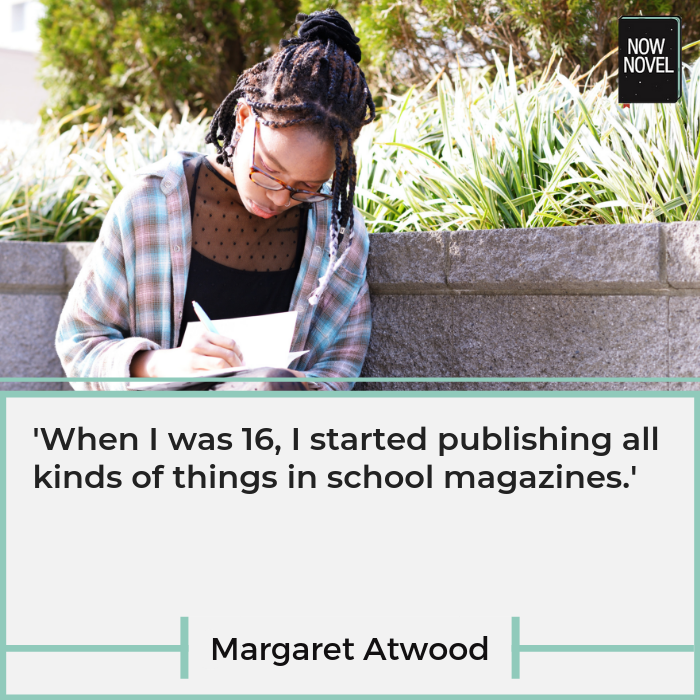
3. Create a succinct, purposeful chapter outline
This is a key part of learning how to write a book proposal. Summarize story details using simple, concise language.
Your novel proposal's chapter outline should show:
Structure: For example, begin a chapter's summary using words and phrases that show structure. E.g. 'This chapter is divided into two parts: The inciting event that leads the characters to set out on their quest, and the first conflict they encounter once they've crossed the northern border'
Key developments, causes and effects: A summary should give us both an idea of what happens and why.
For example, you might begin a paragraph:
'The ending scene in Chapter 3 shows [name of your protagonist] deciding to depart from the group due to the ongoing conflict between them and [name of other antagonist]. It ends on an encounter that underscores how vulnerable this decision has made them.'
As Larsen advises, vary your verbs because repetition becomes tedious. Try to begin sentences with verbs where possible to create a sense of active story, too.

4. Include a well-written, carefully edited sample chapter
Your sample chapter is your opportunity to show your command of language and story. Make sure your chapter has:
- A good hook: How does the opening lure your reader in?
- An underlying sense of purpose: What is this chapter's point for the overarching story?
- Elements that support the claims made in your introduction: If you promised page-turning hard-boiled suspense in the vein of Dashiell Hammett, it should be there to see in your sample chapter.
- Good language use, formatting, characterization and other story elements: Publishers will be more interested if your manuscript shows an understanding of all the elements of writing, from elements of storytelling to the mechanics of writing at a sentence level.
Want to show your story in its best light? Get professional editing to ensure your manuscript is 100% ready to query publishers now.
Subscribe to our newsletter
One million authors use our writing resources to get their books published. Come join them.

